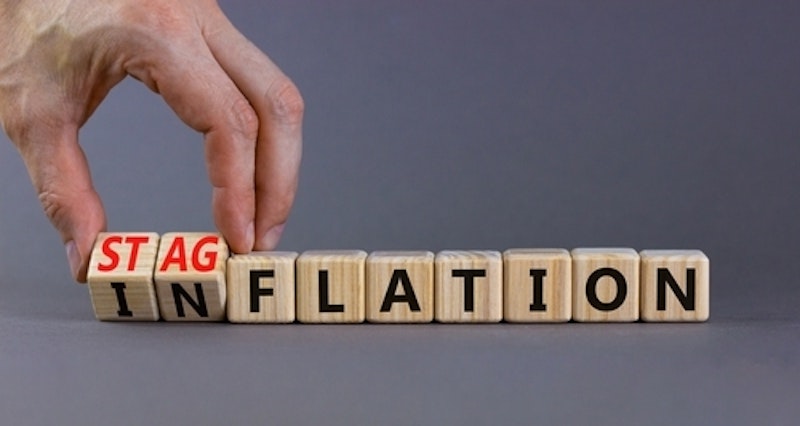Study Notes
What is stagflation?
- Level:
- A-Level, IB
- Board:
- AQA, Edexcel, OCR, IB, Eduqas, WJEC
Last updated 25 Jul 2023
Stagflation is an economic phenomenon characterised by a combination of stagnant economic growth, high unemployment, and high inflation occurring simultaneously.

It is a challenging and somewhat rare situation as conventional economic theories suggest that inflation and unemployment have an inverse relationship, meaning that when inflation rises, unemployment should fall, and vice versa.
However, stagflation presents a paradoxical scenario where both inflation and unemployment rise together, leading to an overall stagnation of economic activity.
The term "stagflation" gained prominence during the 1970s when several advanced economies, particularly the United States, experienced a period of slow economic growth, soaring unemployment, and surging inflation rates. The primary causes of stagflation during that time were:
- Supply-Side Shocks: A significant factor behind stagflation in the 1970s was a series of supply-side shocks, particularly related to oil prices. The Organization of the Petroleum Exporting Countries (OPEC) imposed oil embargoes and significantly increased oil prices, which led to higher production costs for businesses and higher energy prices for consumers.
- Cost-Push Inflation: The supply-side shocks resulted in cost-push inflation, where rising input costs forced producers to raise their prices, leading to a general increase in the price level of goods and services. This can be shown by an inward shift of the short-run aggregate supply curve.
- Reduced Aggregate Supply: The supply-side shocks also diminished aggregate supply in the economy, causing a decline in production and overall economic output.
- High Unemployment: Despite rising inflation, unemployment also increased due to reduced economic activity and demand, leading to a weakened labour market.
The simultaneous occurrence of stagnant economic growth, high unemployment, and high inflation made it extremely challenging for policymakers to respond effectively. Traditional monetary policy measures, like reducing interest rates, could exacerbate inflation, while fiscal policy measures, like increasing government spending, might not be enough to stimulate economic growth.
Addressing stagflation typically requires a careful balancing act between managing inflationary pressures and supporting economic growth. In the 1970s, policymakers eventually had to tackle stagflation through a combination of measures, including implementing supply-side reforms, controlling wage and price increases, and adopting a mix of monetary and fiscal policies aimed at stabilizing both inflation and unemployment. Fortunately, during the 1980s, the global economy emerged from the stagflationary period, and inflation rates began to decline.
You might also like
Macroeconomic Objectives and Conflicts (Revision Presentation)
Teaching PowerPoints

Brazil - Will Stagflation Hold Back Development?
19th April 2015

Brazilian Economy Falls into a Deep Recession
29th August 2015

Is double digit inflation a relic of the past?
16th May 2021

Will the global supply chain process lead to stagflation?
22nd September 2021
2022 Exams - Policies to Reduce Relative Poverty
Topic Videos